The Namib desert is about 1000 miles long and up to 100 miles wide and runs along the entire coast of Namibia.
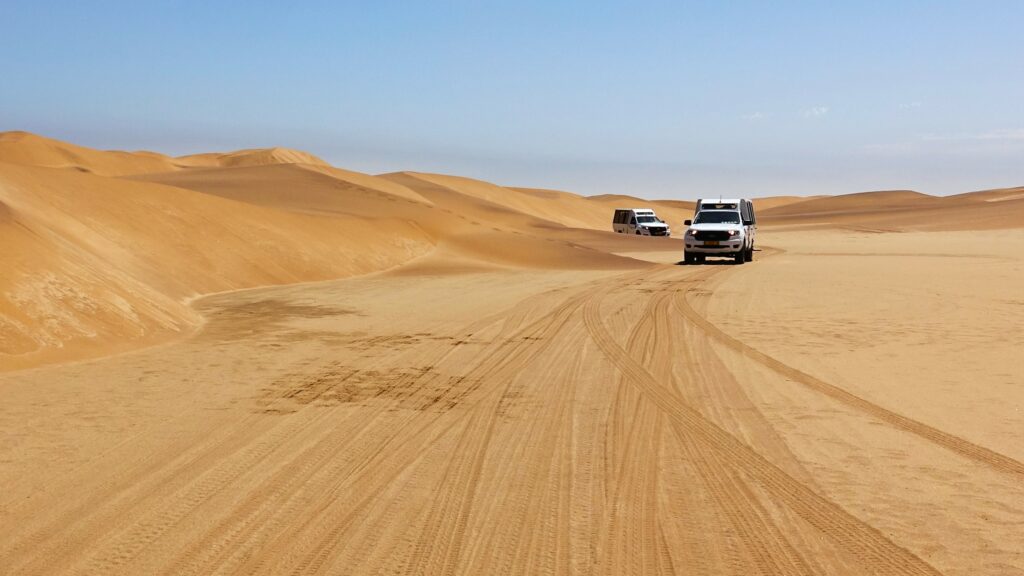
This trip was a high speed 4×4 tour of the desert dunes and a series of searches to find creatures that make this harsh environment their homes.
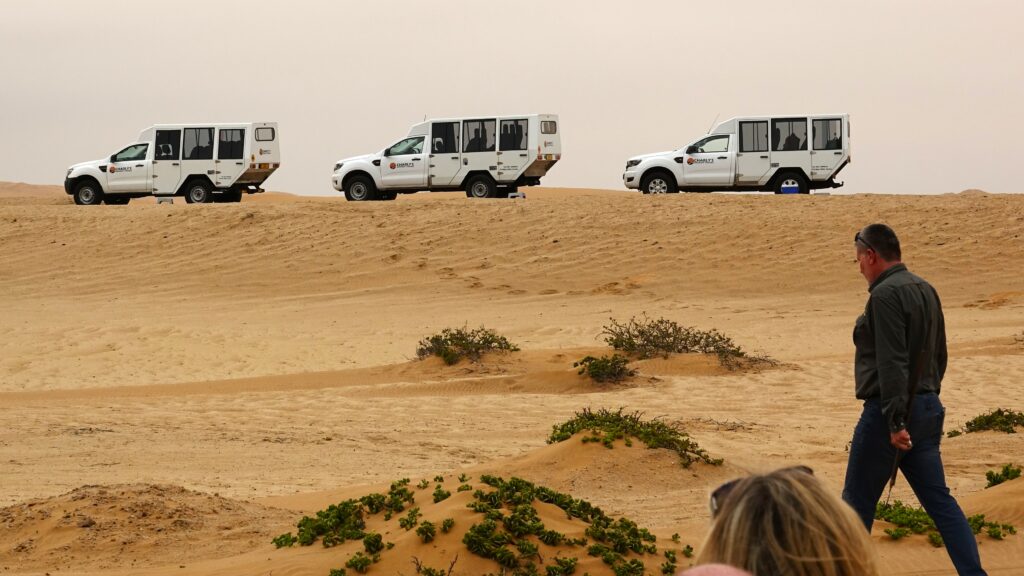
The man in the images above and at the top, armed with a snake hook, was responsible for locating the creatures at each stop along the way. As he discovered them, he marked their locations, enabling the group to follow the guide and view each one up close.
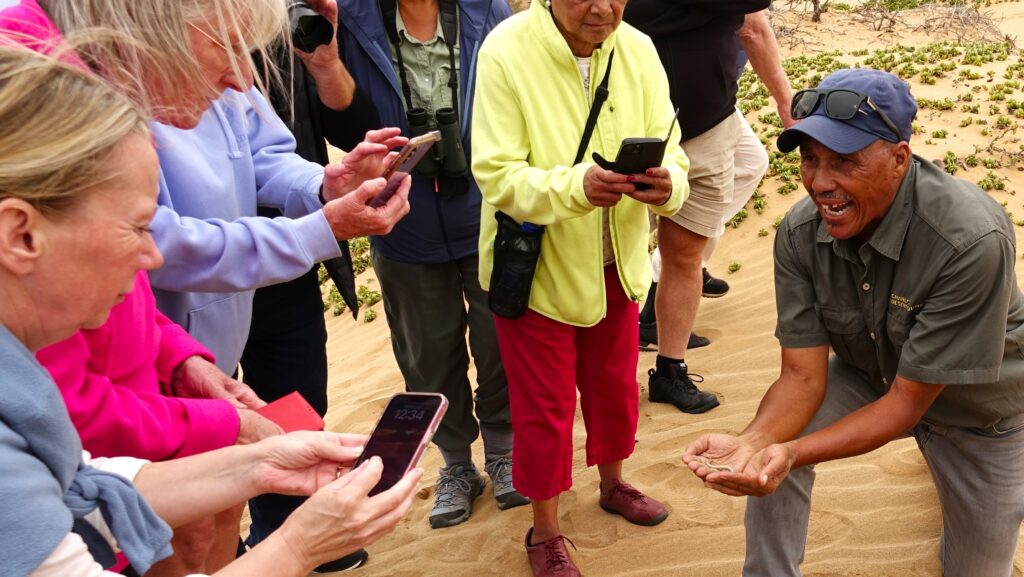
Here we have a fitzsimon’s burrowing skink, a type of legless lizard.
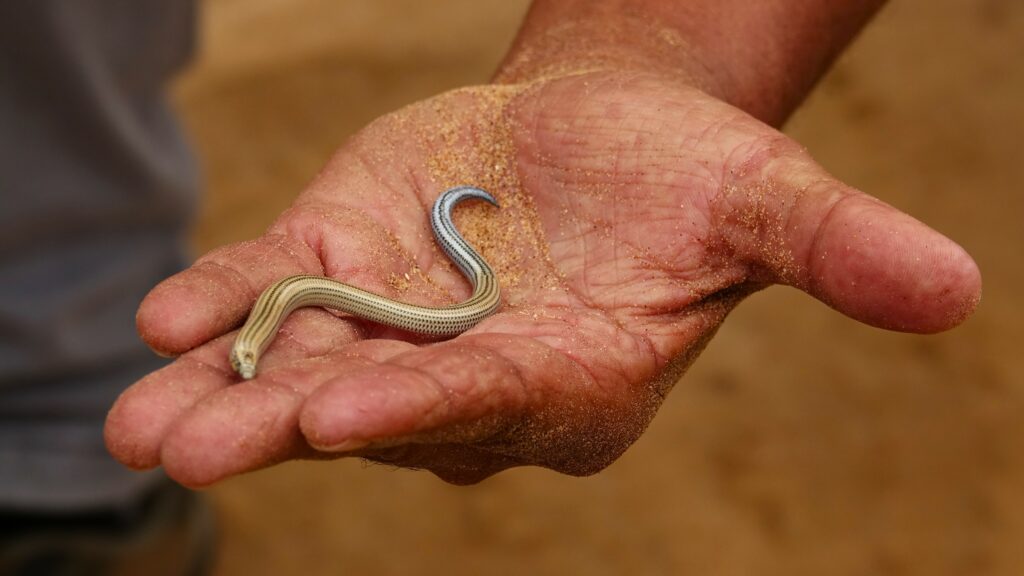
When the guide placed it back on the sand, it buried itself completely out of sight in two or three seconds.
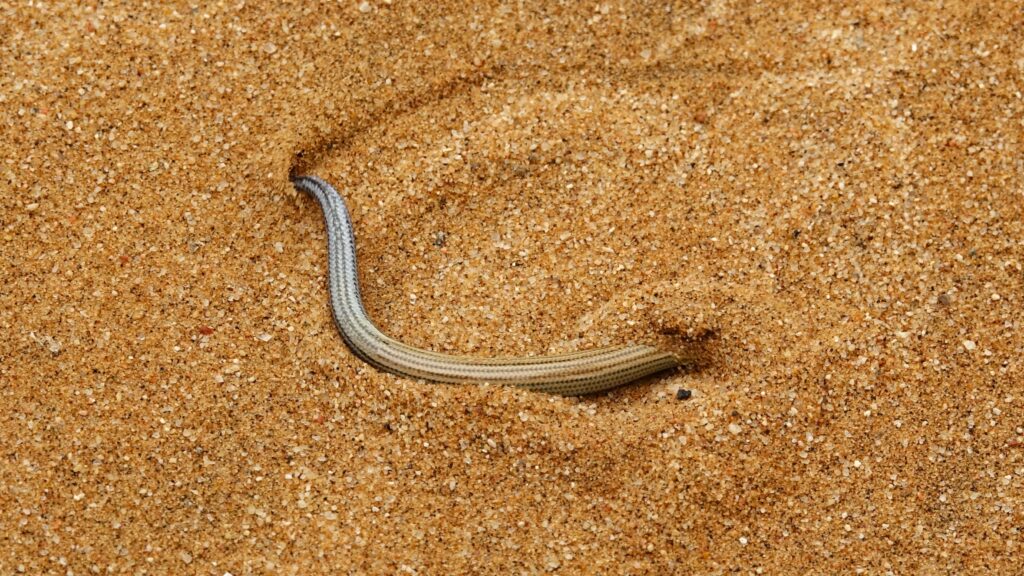
I think below is a darkling beetle that survives by harvesting moisture from fog.

Below is my favourite. It’s a palmato gecko. Quite a cheeky little creature and didn’t seem to mind being picked up.


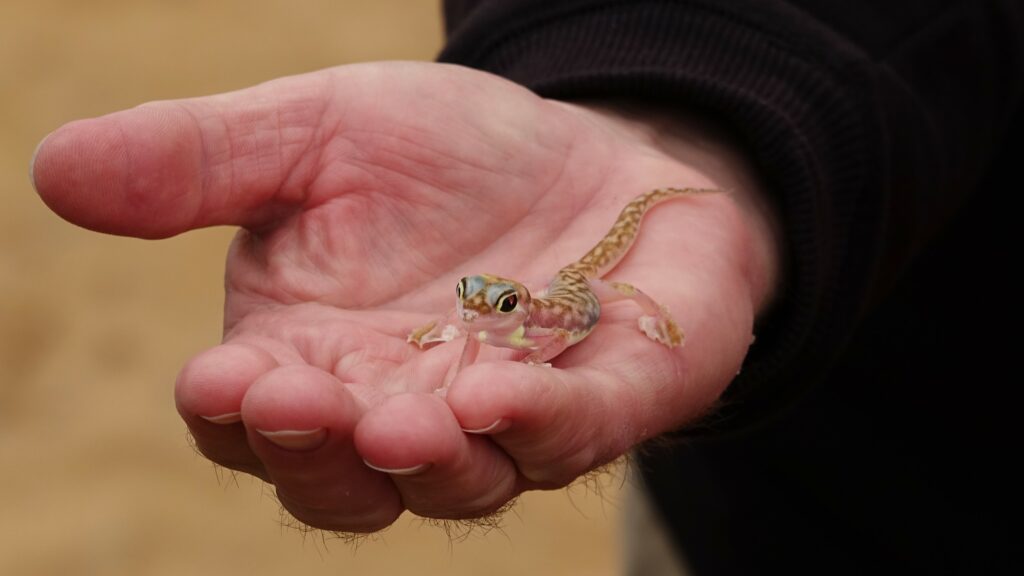
Below is a ‘dollar’ bush, but if you look very carefully, you can just about see the head of a snake in there waiting for a tasty meal to pass its way.
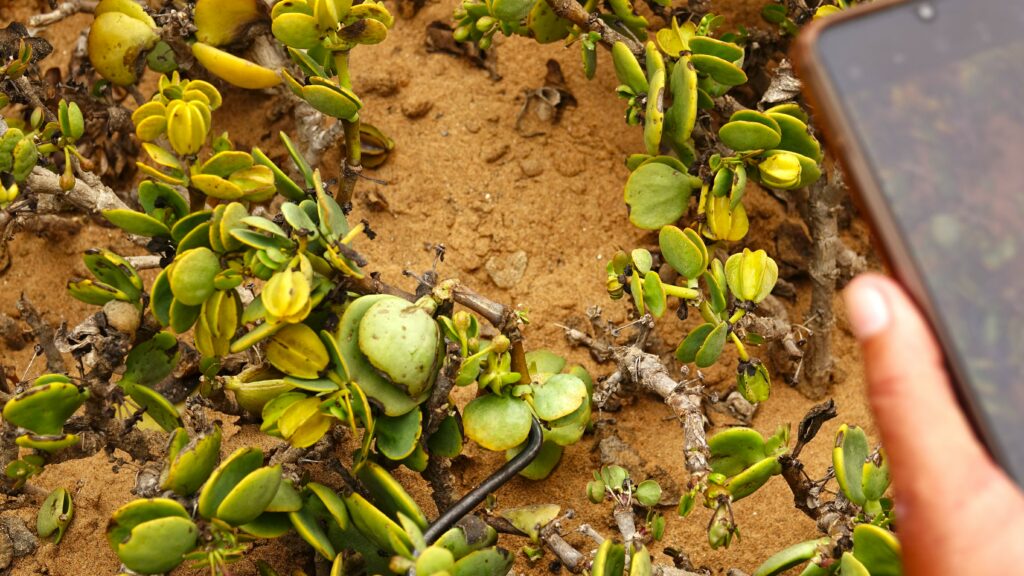
If you couldn’t see it below is a close up of it’s head.

It’s a sidewinder snake. It’s venomous and for anyone bitten, the antidote would be needed within five hours. It moved very fast, sideways as the name suggests, but fortunately the movement generally seemed to be in retreat.
It was difficult to see it buried in the sand and, in my sandals, I began to wish I had worn more substantial footwear.

The picture below shows the guide coaxing it back towards the dollar bush.
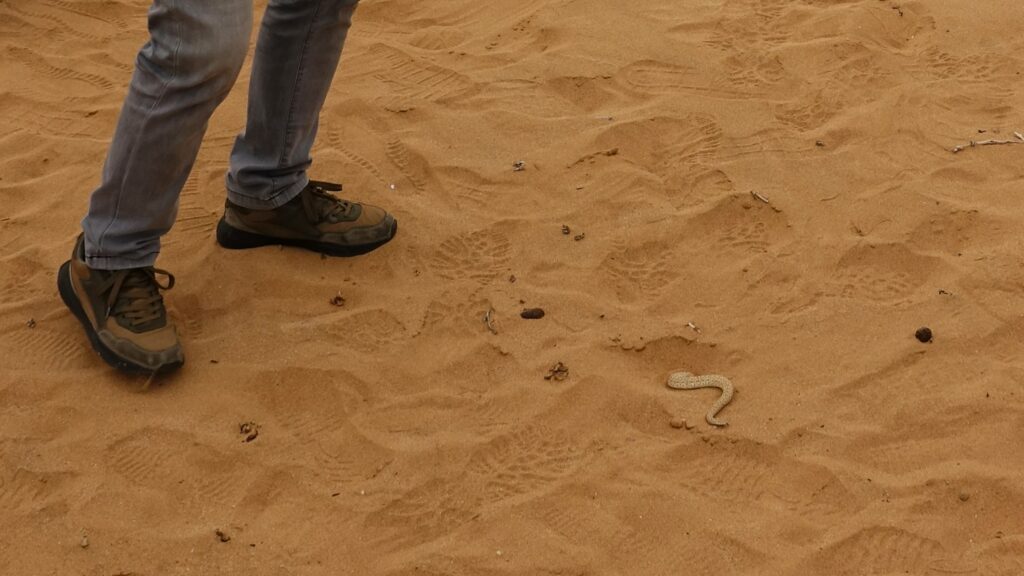

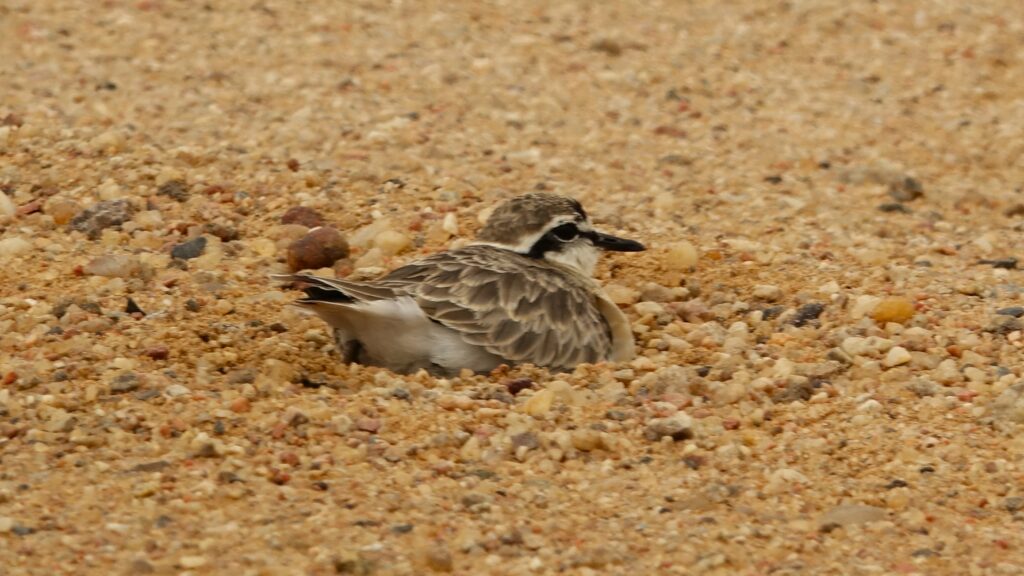
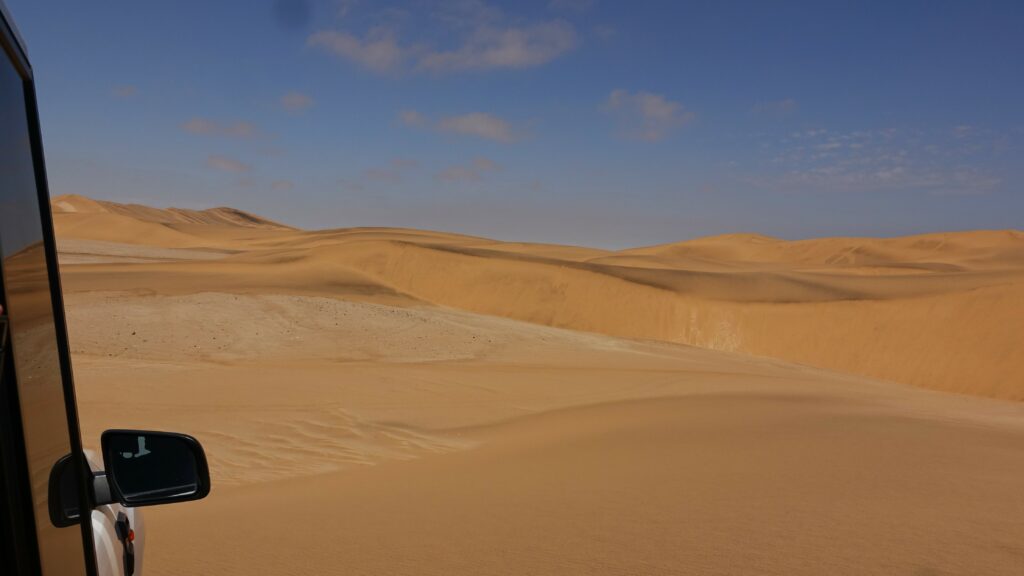
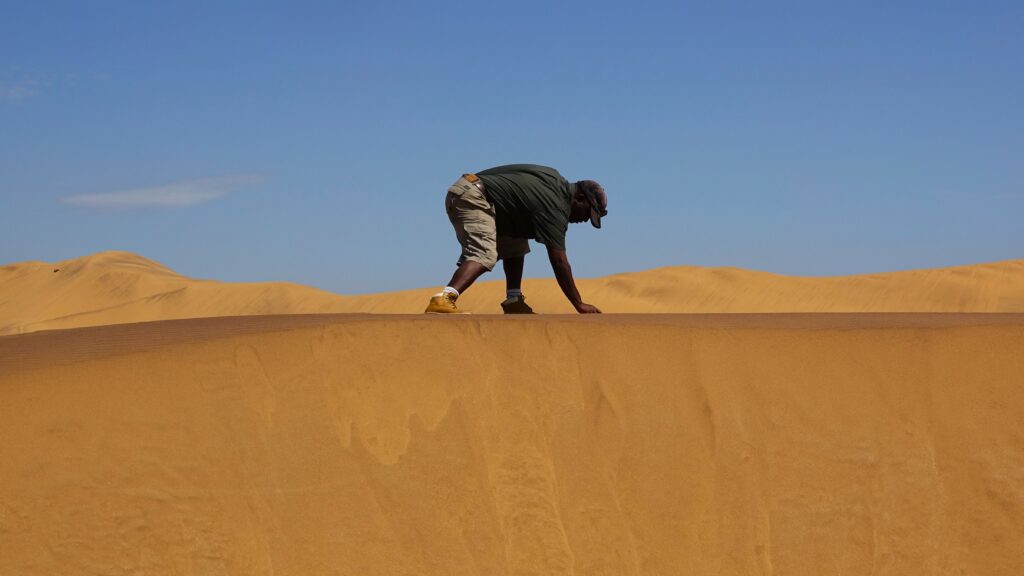
Our driver stopped the car and chased a sanddiving lizard over a dune. He caught it though.
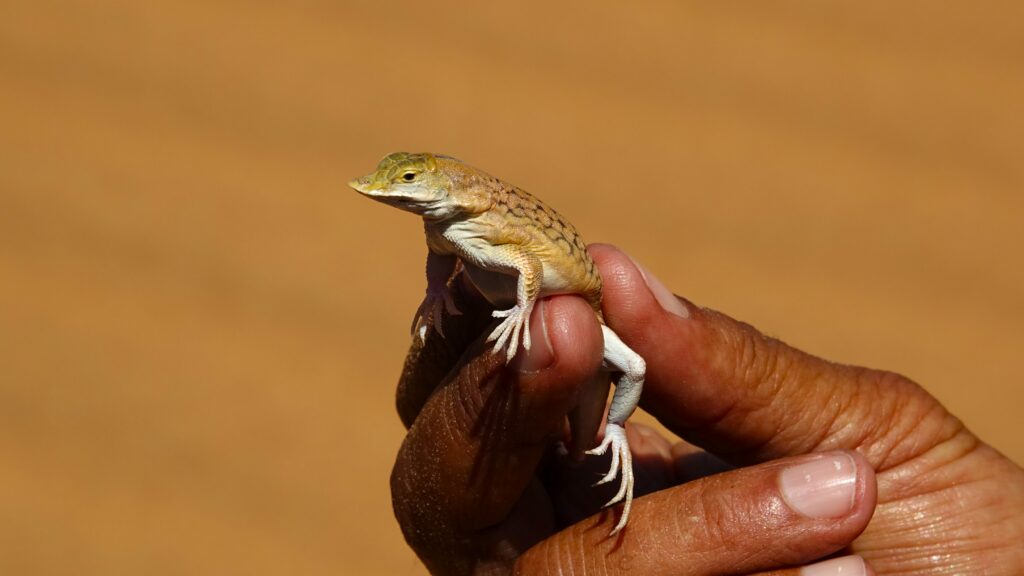
Attractive dark patches on the sand turned out to be particles of iron that occur naturally. They are lighter than the sand and are migrated to the surface during the movement of the dunes.
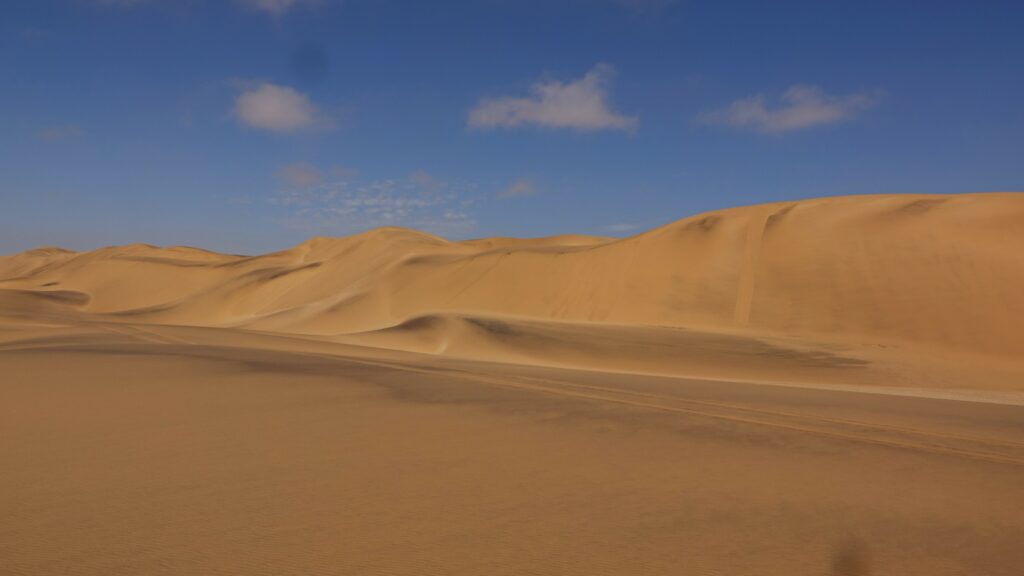
With a powerful magnet, our guide was able to quickly collect a handful of the iron particles.
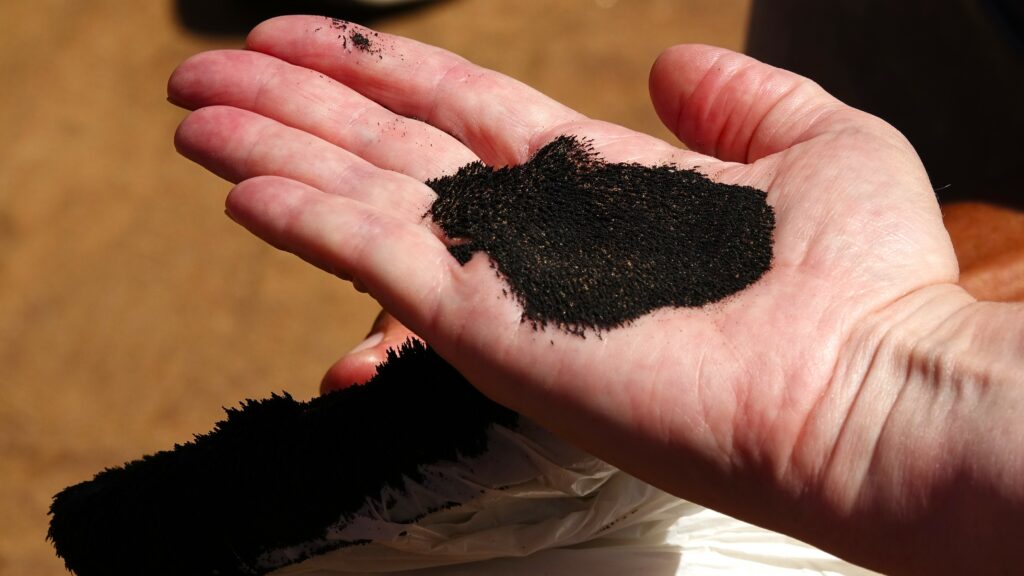
The tour ended with a fast 4×4 chase across the dunes.
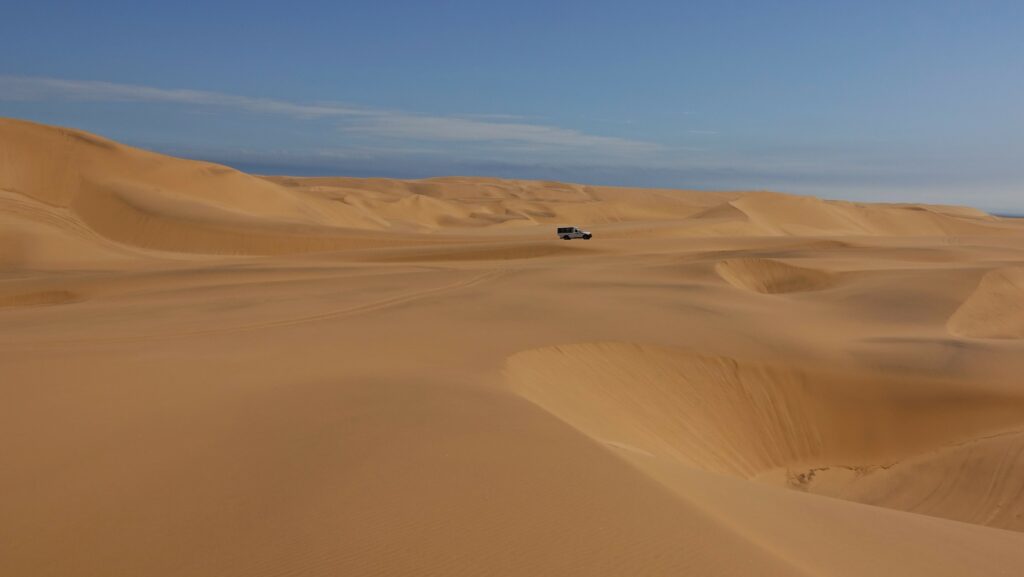

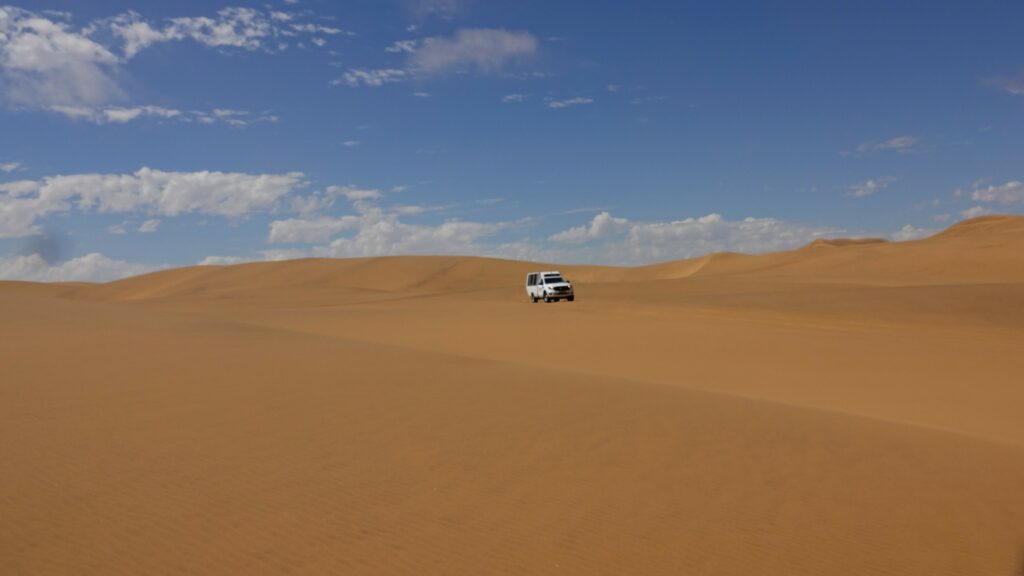
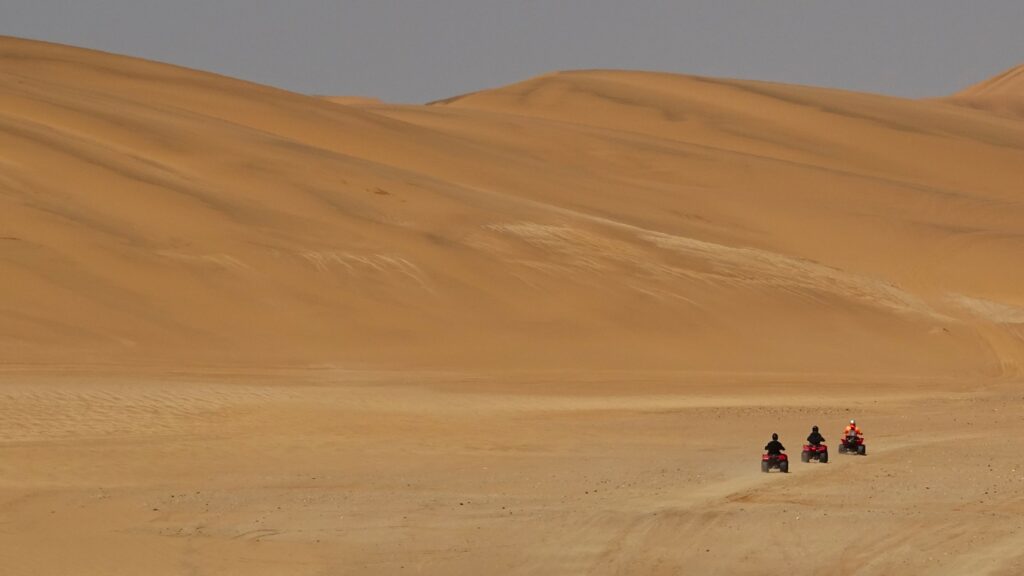
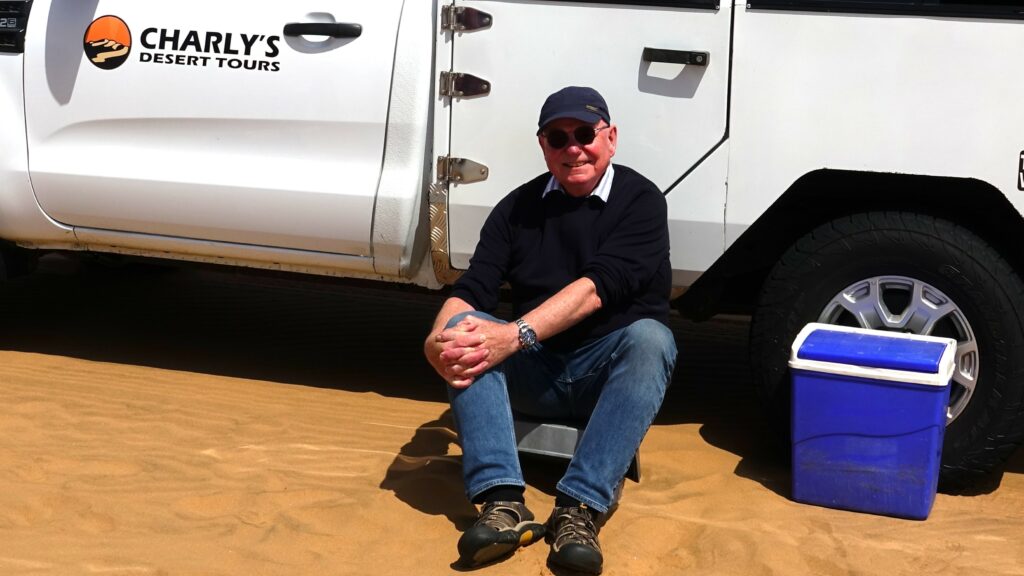
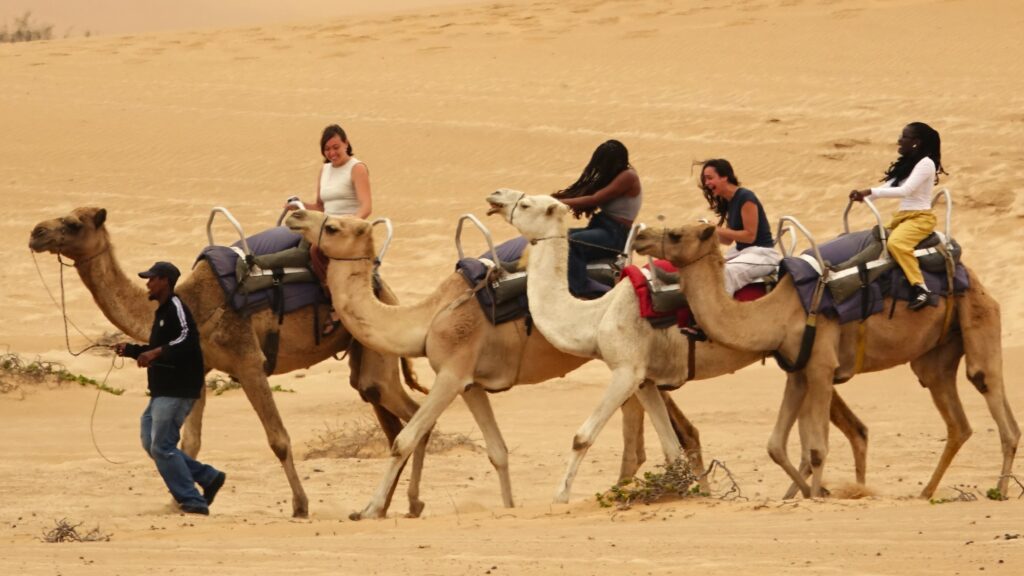
The tour ended with wine, cheese and biscuits served on the seashore.

That was the end of a most enjoyable trip. We sailed away that evening heading north-west on our way to Jamestown on the island of Saint Helena.
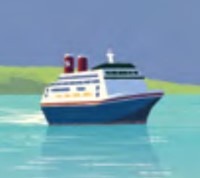
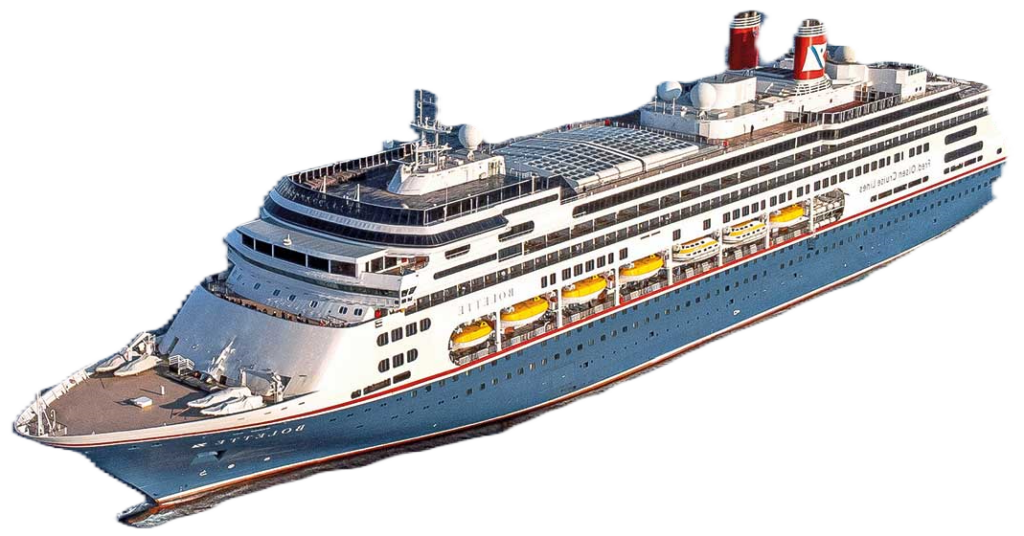
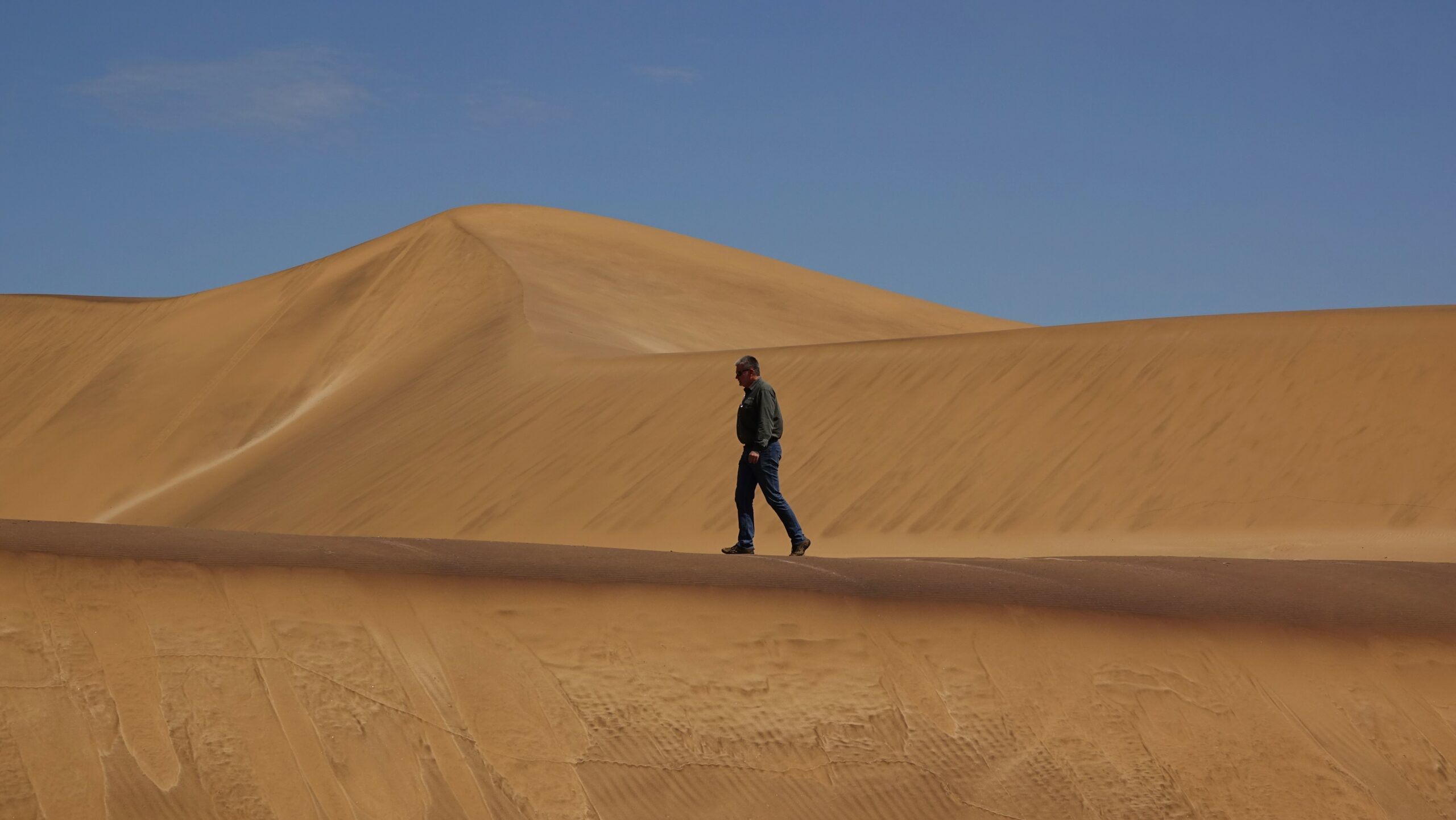
Leave a Reply